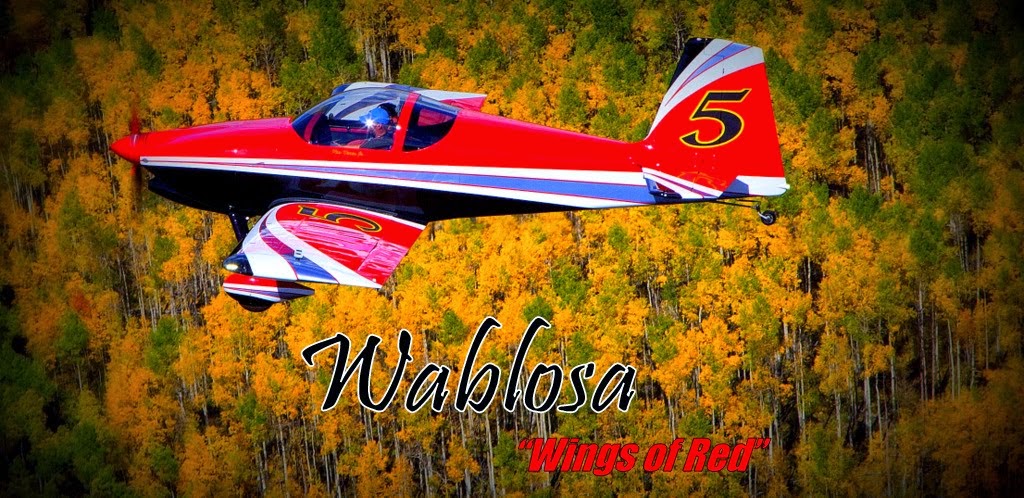I have debated about whether I was going to "show" my paint scheme before I went to paint, but I decided to let the cat out of the bag now...what the heck. If someone copies my paint scheme at this point, that would certainly be a drag, but at least I'll know I was the originator. I don't have any problem with someone copying it later, imitation is the sincerest form of flattery after all, just let me be the first out the door with it. :)
The top picture is the initial hand sketch I created for my concept, shown here for comparison/contrast to the final rendering below. I felt I could have gone to the painter with that scheme and been fairly happy with it. But, in the back of my mind there was a nagging voice, I knew it was missing something. I also knew I didn't have the talent to really make it pop like I really wanted...to make it look professional and not amateurish. That's where Jonathan McCormick of Plane Schemer came into the picture. I noticed his advertisement on the RV Nation website. At about the same time, an RV7A friend (Len) of mine mentioned that he had used a scheme designer on his plane and said it was some of the best money he spent if you want something a little more advanced with your scheme.
I contacted Jonathan and found his prices very reasonable (much cheaper than the competition...at least for now anyway)...it didn't take me long to decide to hire him, he's passionate about this and is great to work with. I justify the added expense like this; the scheme will be something I will look at for many years, the paint job itself costs $10k, it just makes sense to spend a little extra to come up with a scheme that's gonna knock my socks off! That's just my take, you decide what's right for you and your plane.
Jonathan will create scaled drawings showing all dimensions and an .eps file for your painter as part of your design package. This ensures what is shown on paper translates to real life. In addition, as a nice bonus, I get nice digital renderings for a poster print for the office or document logo's (flight test cards and POH, for example), decals, embroidery for shirts or hats, etc.
Fast forward to now. Below is the final concept we came up with. I am extremely pleased with the end result...it was money well spent up to this point. Bringing it to life will be the final piece of the puzzle...but gosh, it sure looks good in 2D doesn't it?! Grady at GLO Custom will be tasked with this challenge, between Jonathan and Grady, it will be in good hands.
A couple notes about the scheme itself. The significance of the number five is; it was my baseball number, inspired by my favorite baseball player and the best catcher to ever play the game, Johnny Bench. The yellow around the numbers will match the yellow tips on the prop...which also comes from the yellow patch on the wings of the red-winged blackbird (see picture in the left column). As you can tell, I like the "raceplane" look with the "race" numbers. The scheme intent was that it look "fast" even while parked on the ramp.
As I always say...my disclaimer is this, I wholeheartedly endorse Jonathan if you are looking for this type of service. I am not getting a discount or a kickback for this endorsement, so you can be rest assured its genuine and not bought. I am one happy customer!


































